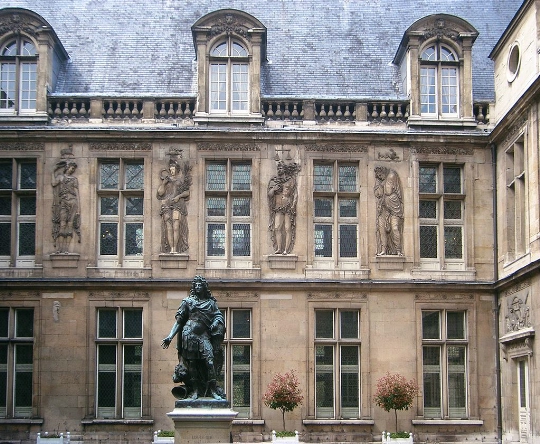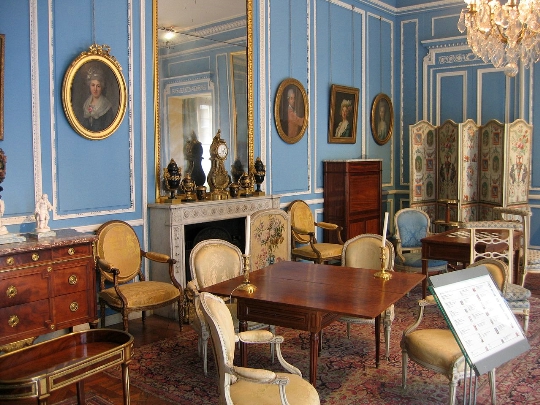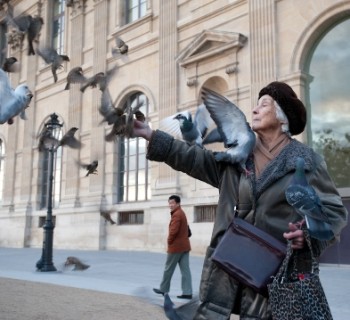Museum of the History of Paris
The Marais city quarter is a Parisian landmark in itself. Its name is translated from French as "swamp", and for a long time this area was located outside the borders of medieval Paris. The swamp was drained by the Knights of the Templar Order in the 13th century, and a century later the erected city wall finally consolidated the position of Mare as part of the capital. Aristocrats and nobles began to build mansions here, one of which was bought in the 16th century by a wealthy widow from Brittany. It is in this building that the Museum of the History of Paris is located today, the exact address of which looks in city guidebooks as 23, 29 rue de S vign, 75004 Paris.
Two ladies, two eras
History has preserved the name of the widow who bought the Renaissance mansion. Her name was Françoise de Kernevenois, and it was the slightly distorted transcription of her name that gave the second name to the museum - Carnaval. The mansion served as the home of several noble persons, but the greatest fame was brought to it by Marie de Sevigne. A writer and socialite, the Marquise de Sevigne became famous for the creation of "Letters", which became the most famous work in the history of French epistolary literature. The Museum of the History of Paris, opened in a mansion that once belonged to her, can tell a lot of interesting things about the life of the famous writer. By the way, it was Marie who introduced the world-famous aphorism "The more I get to know people, the more I love dogs".
About the heart of France
The Museum of the History of Paris is an exhibition where it is easy to learn literally everything about the capital of the country. The collection of his exhibits can be envied by any gallery or exhibition of world significance:
- In the halls of the Carnavale, about 2,600 paintings and 300,000 engravings are exhibited and stored in the storerooms. The museum displays archaeological artifacts and medieval works of art, folk art and coins, bas-reliefs and interior decor elements. Only about eight hundred pieces of furniture are exhibited here..
- The portrait of Madame de Sevigne adorns the Museum of the History of Paris. Its author, Claude Lefebvre, depicting the famous writer, is one of the most famous portrait painters of France in the 17th century.
Useful little things
The easiest way to get to the Museum of the History of Paris is by metro - St-Paul station. It is open to visitors from 10 am to 5.15 pm from Tuesday to Sunday. Taking pictures in the museum is allowed. Admission to the permanent exhibition is free.





